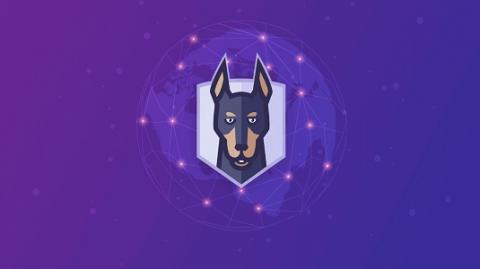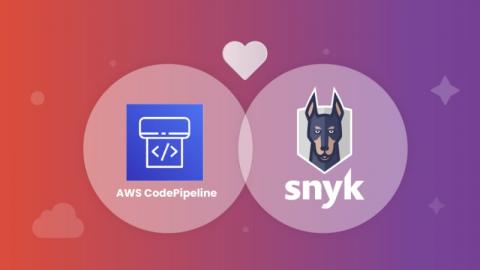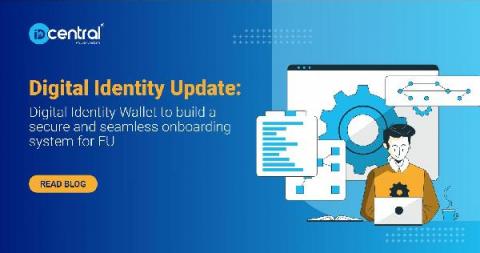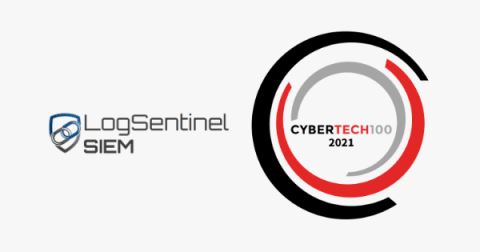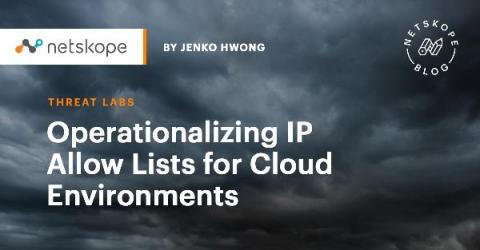Security | Threat Detection | Cyberattacks | DevSecOps | Compliance
Latest News
Automate vulnerability scanning in AWS CodePipeline with Snyk
Empowering developers to build securely has always been Snyk’s mission. We enable you to find and fix security vulnerabilities in your code and open source dependencies, as well as enable development teams to easily integrate security testing as part of their automated delivery pipelines. Snyk also provides native integrations with leading CI/CD platforms such as Jenkins, TeamCity, and CircleCI. To this end, we are happy to announce Snyk’s latest integration with AWS CodePipeline.
Magic in Cybersecurity: Magic links to replace the password
These days, magic links are in the air. They are becoming an intriguing means to strengthen digital security without inconveniencing users. This article discusses magic links, their magical function, and their potential benefits for a corporation.
Digital Identity Update: Digital Identity Wallet to build a secure and seamless onboarding system for EU
From ordering groceries to paying taxes everything has taken a shift to digital platforms. If you are still not going digital, you are putting your survival at stake. With the spur in digitization, digital identification has become ‘fundamental’ to the everyday operation of online services, but a universally recognized and secure solution has been lacking ever since.
Press Release: LogSentinel is among The CyberTech100 pioneering companies helping financial institutions
8th June 2021 Naarden, Netherlands – LogSentinel, the innovative next-gen SIEM provider, announced that it was included in the annual list of the world’s most innovative providers of cybersecurity solutions for the financial sector – CyberTech100. “We are thrilled that LogSentinel SIEM, our flagship product, was recognized by FinTech Global as one of the top 100 information security products for the financial industry.
JBS Ransomware Attack Started in March and Much Larger in Scope than Previously Identified
SecurityScorecard also found that 1 in 5 of the world’s food processing, production, and distribution companies rated have a known vulnerability in their exposed Internet assets
See how to Amplify your SIEM by Integrating with the ThreatQ Platform
SIEMs have been around for decades, designed to replace manual log correlation to identify suspicious network activity by normalizing alerts across multiple technology vendors. SIEMs correlate massive amounts of data from the sensor grid (your internal security solutions, mission-critical applications and IT infrastructure). As organizations are looking at ways to mine through SIEM data to find threats and breaches, they are bringing in threat intelligence feeds to help.
Ensure Cloud Security With These Key Metrics
Operationalizing IP Allow Lists for Cloud Environments
If applying IP allow lists to the cloud excites you as much Another One Bites the Dust on volume 11, read on. In this blog, I’ll discuss some considerations regarding operationalizing, automating, and increasing the efficacy of IP allow lists in your cloud infrastructure. Although this discussion will be in the context of cloud infrastructure providers such as AWS, GCP, and Azure, it should also be applicable to other cloud infrastructure and application environments.
Cloud Threats Memo: RDP Misconfigurations and Initial Access Brokers
A recent study by Sophos has added more fuel to the RDP fire, confirming that the exploitation of this service, when not adequately protected, remains one of the preferred techniques to compromise an organization. Not only has the exposure of RDP servers, driven by the pandemic, led to an exponential increase of brute-force attacks against this service, but it has also encouraged a flourishing market of initial access brokers.


